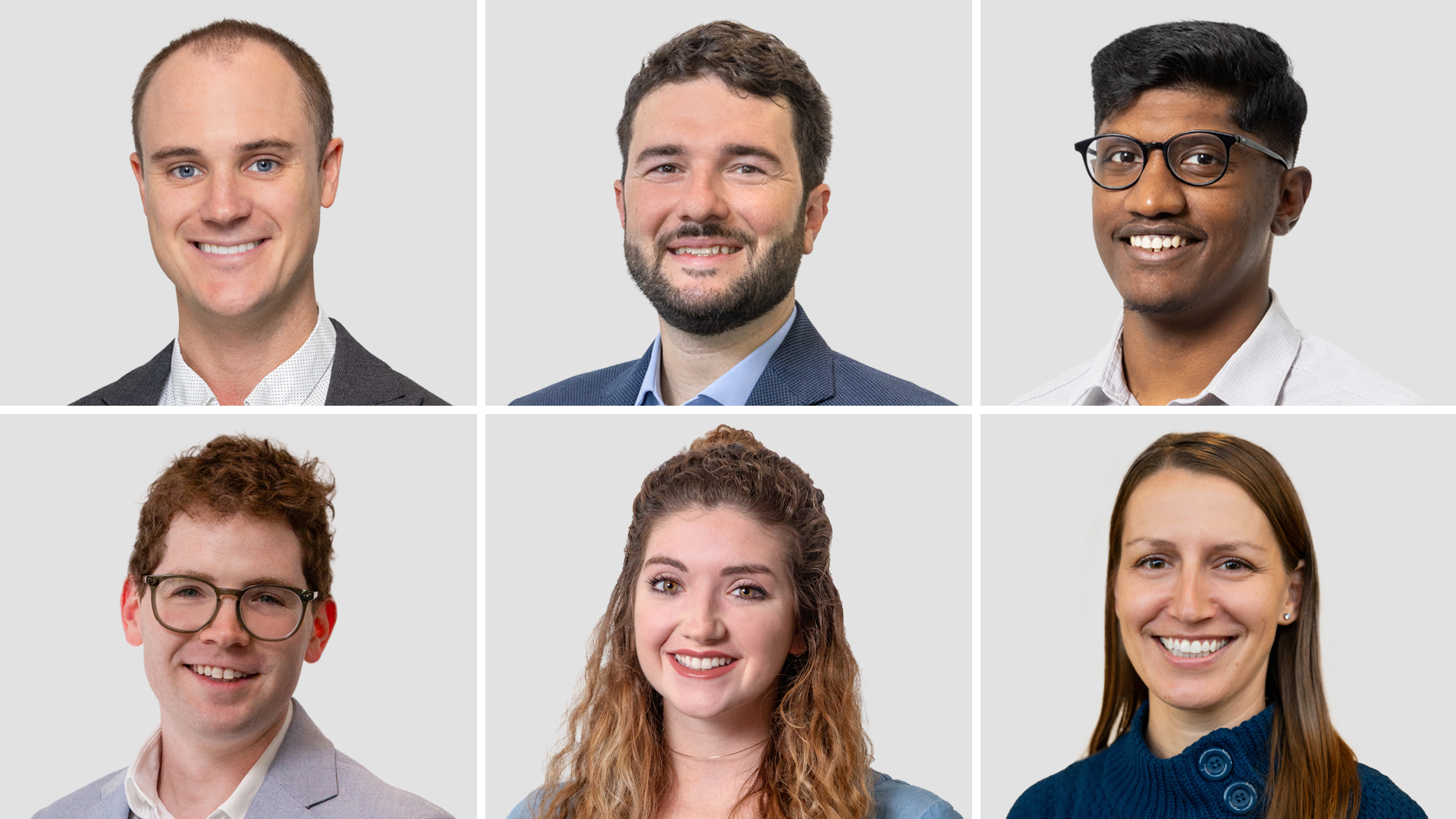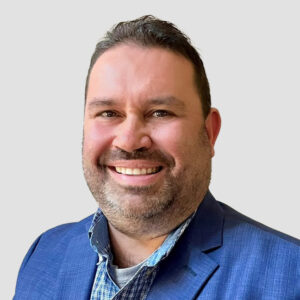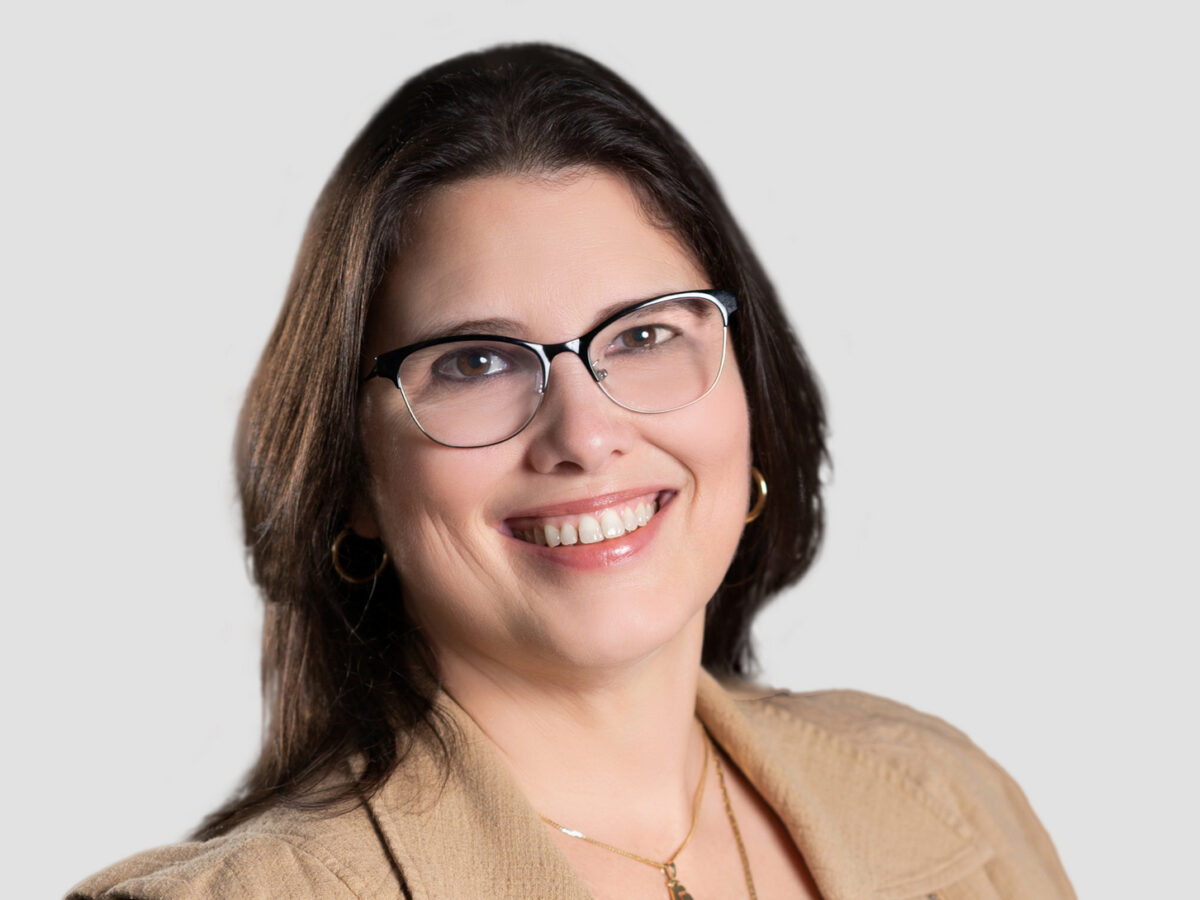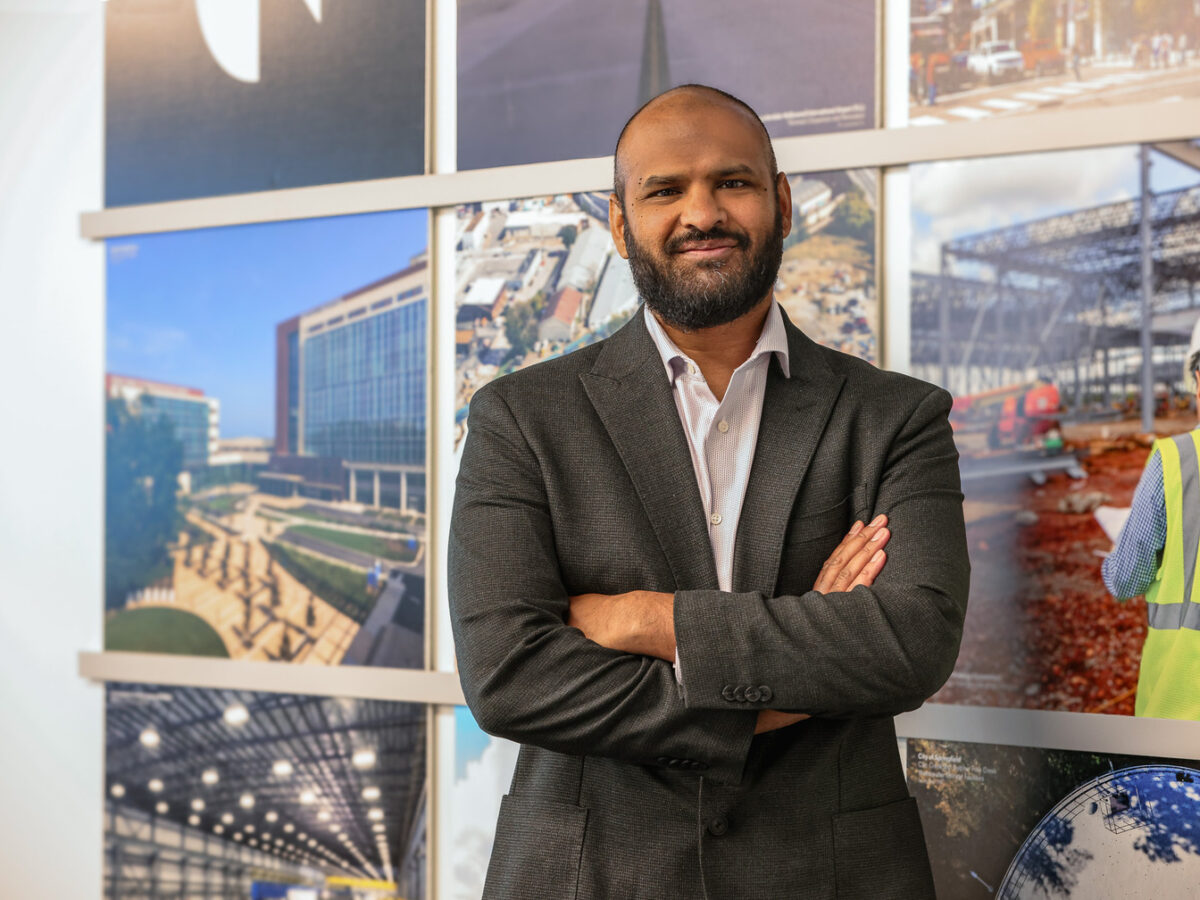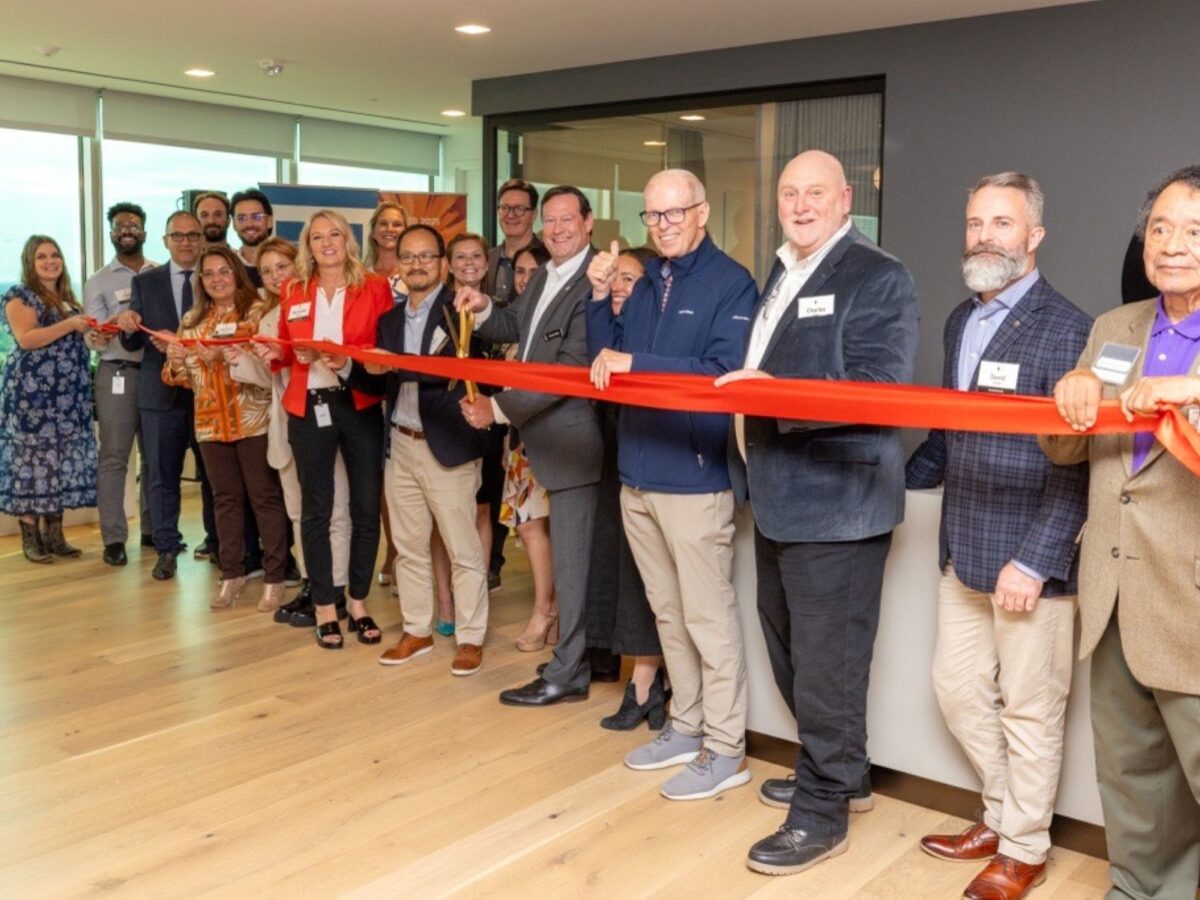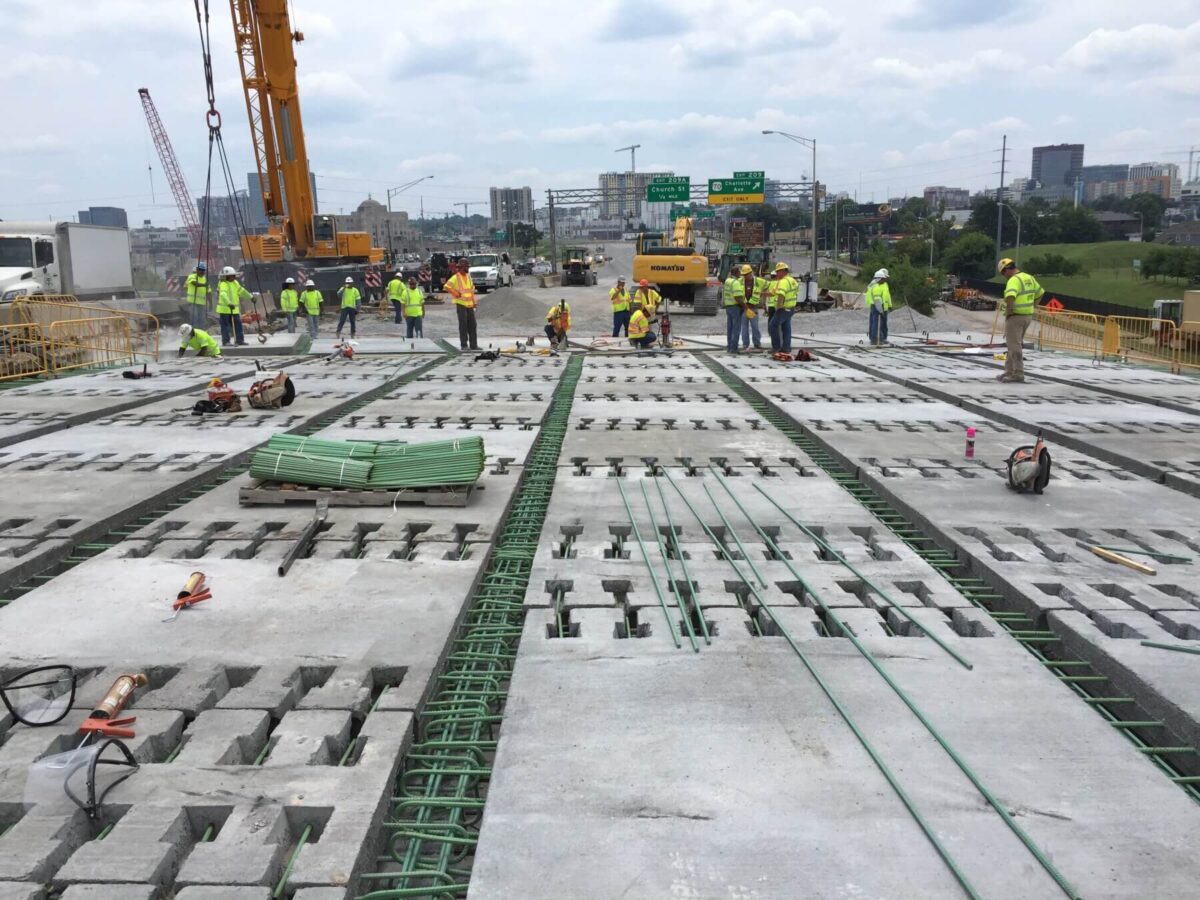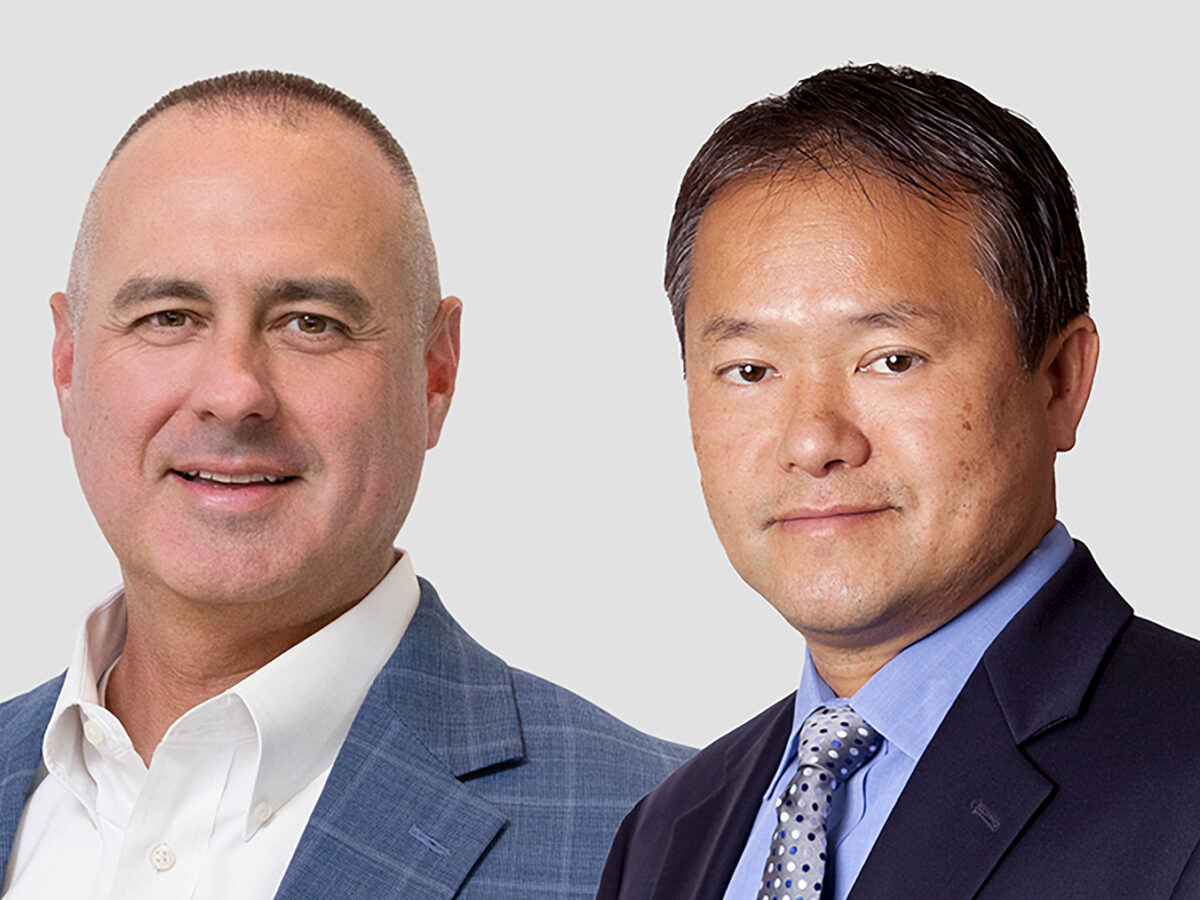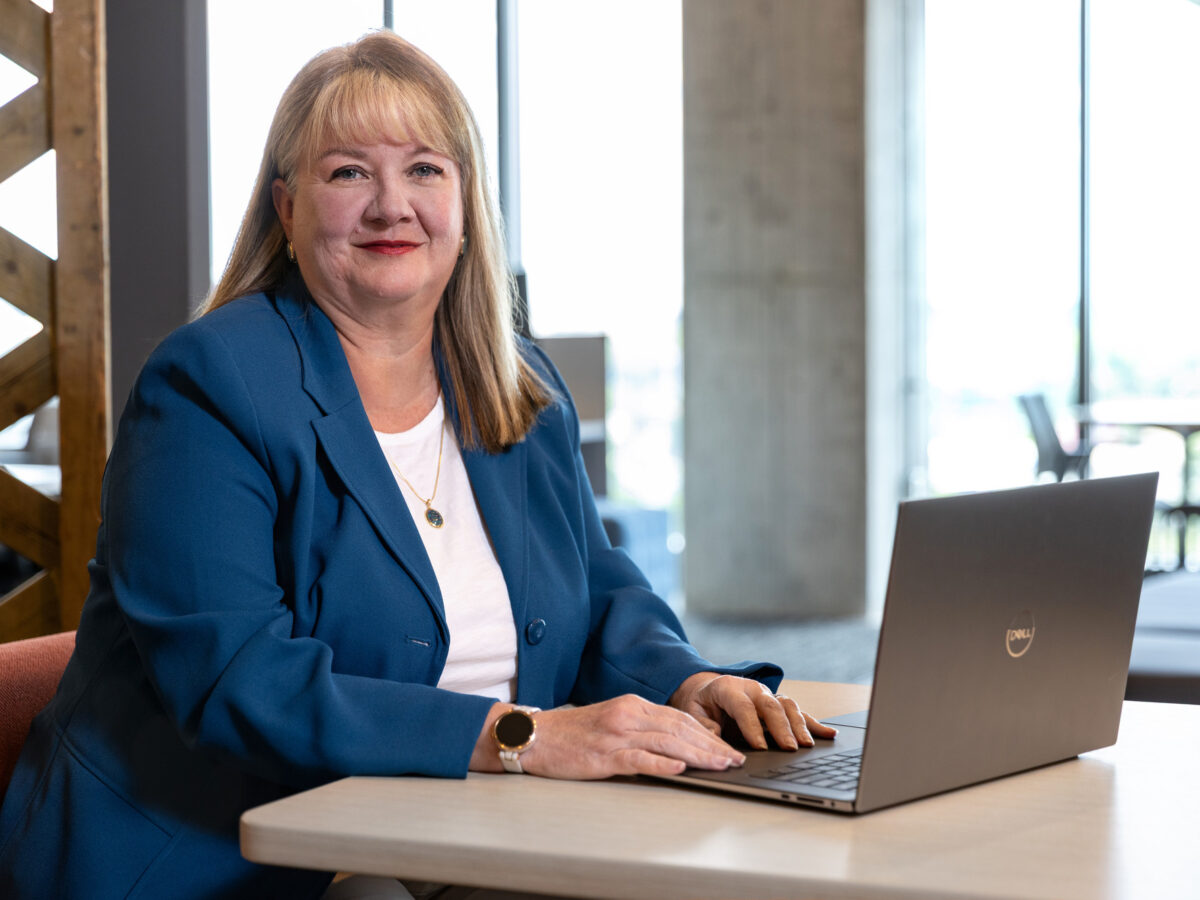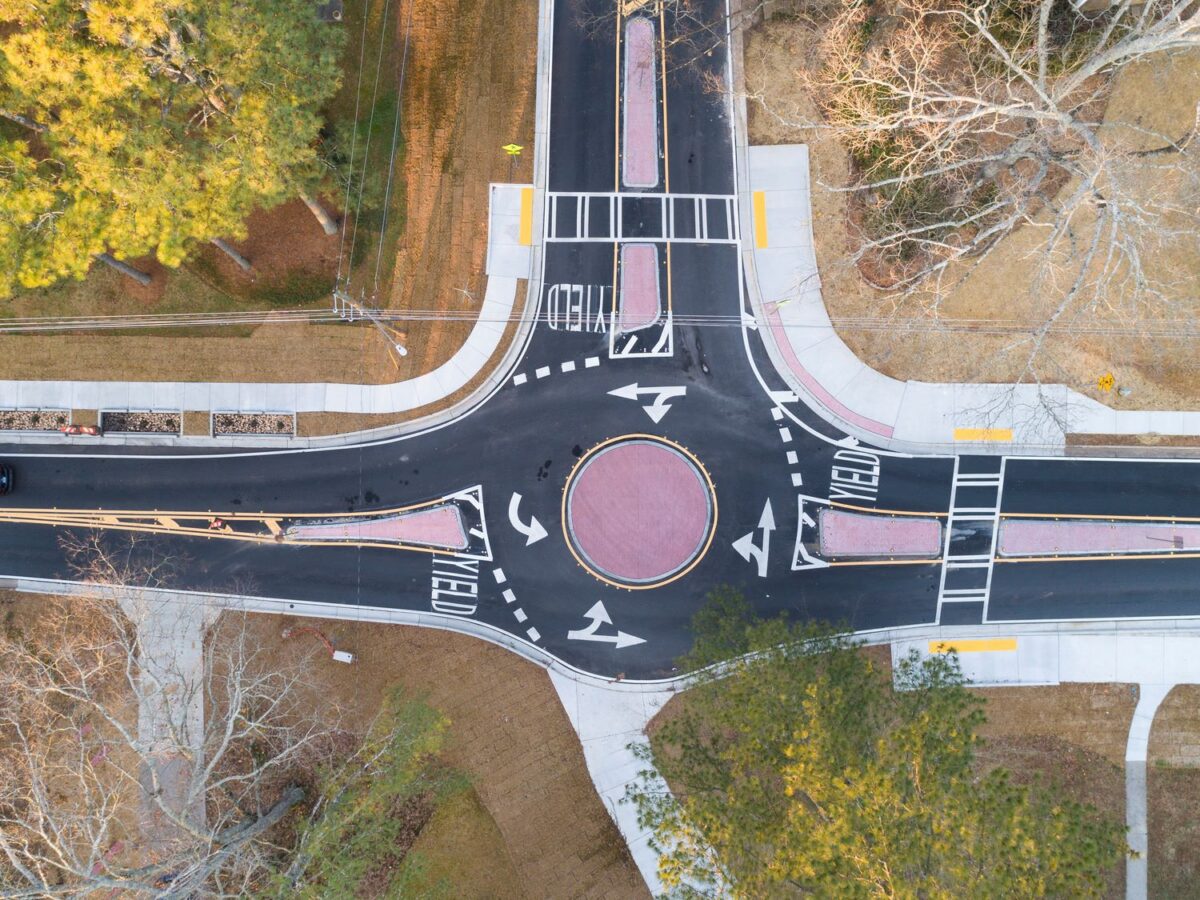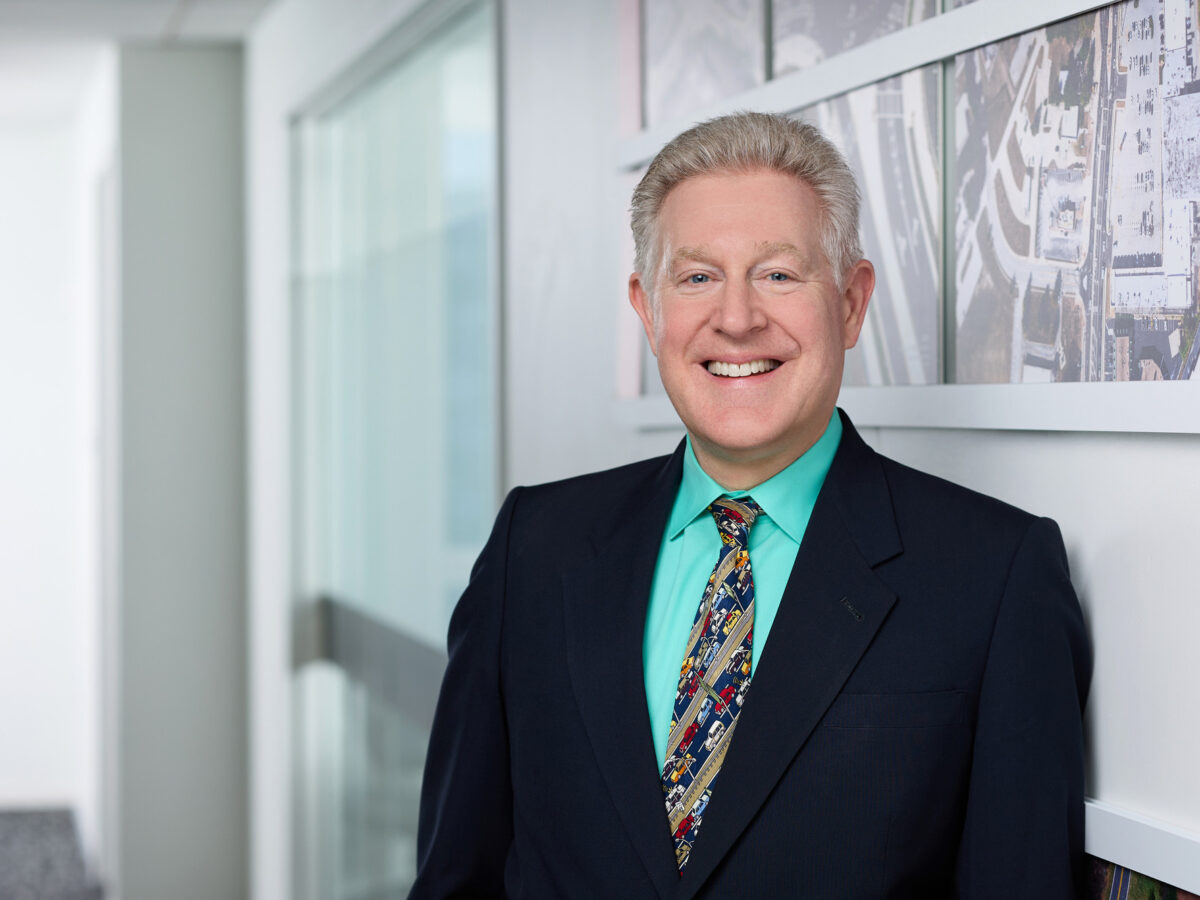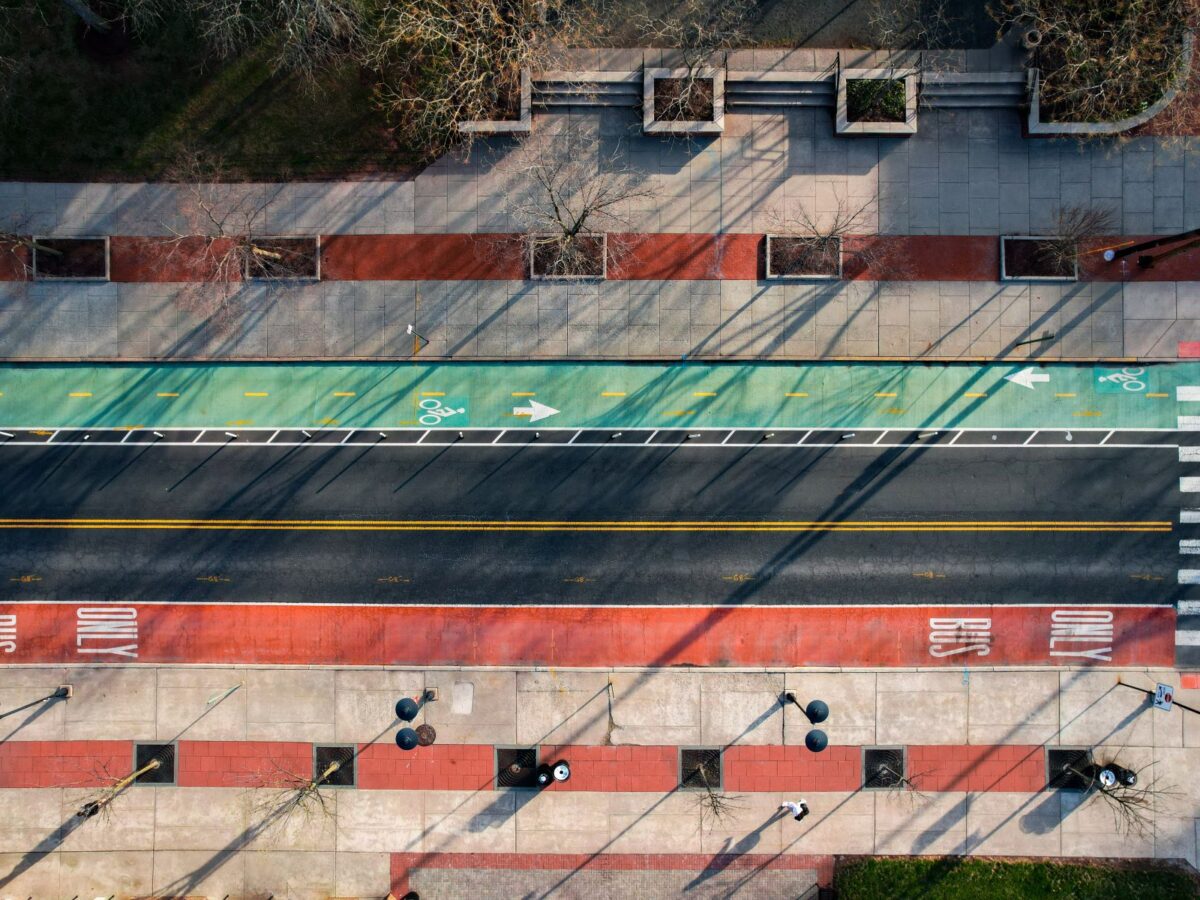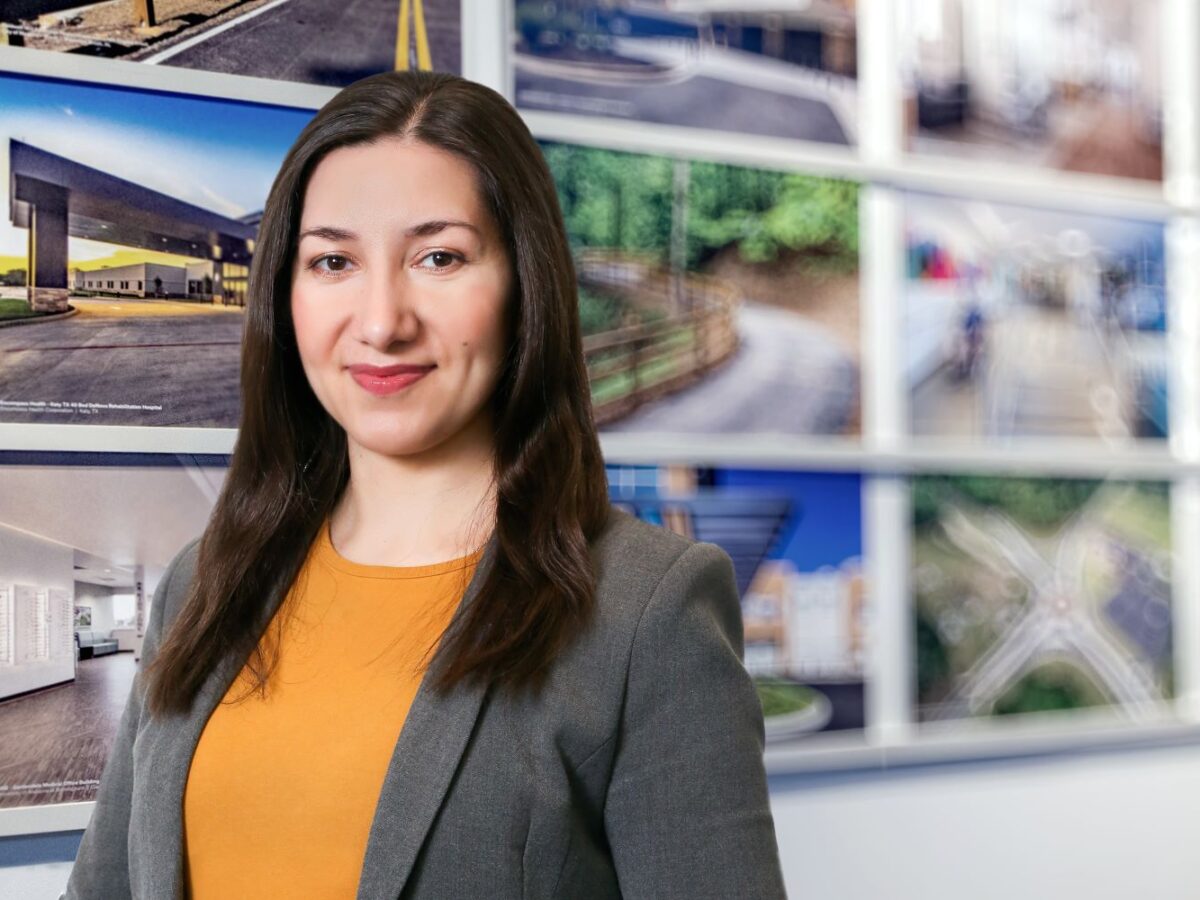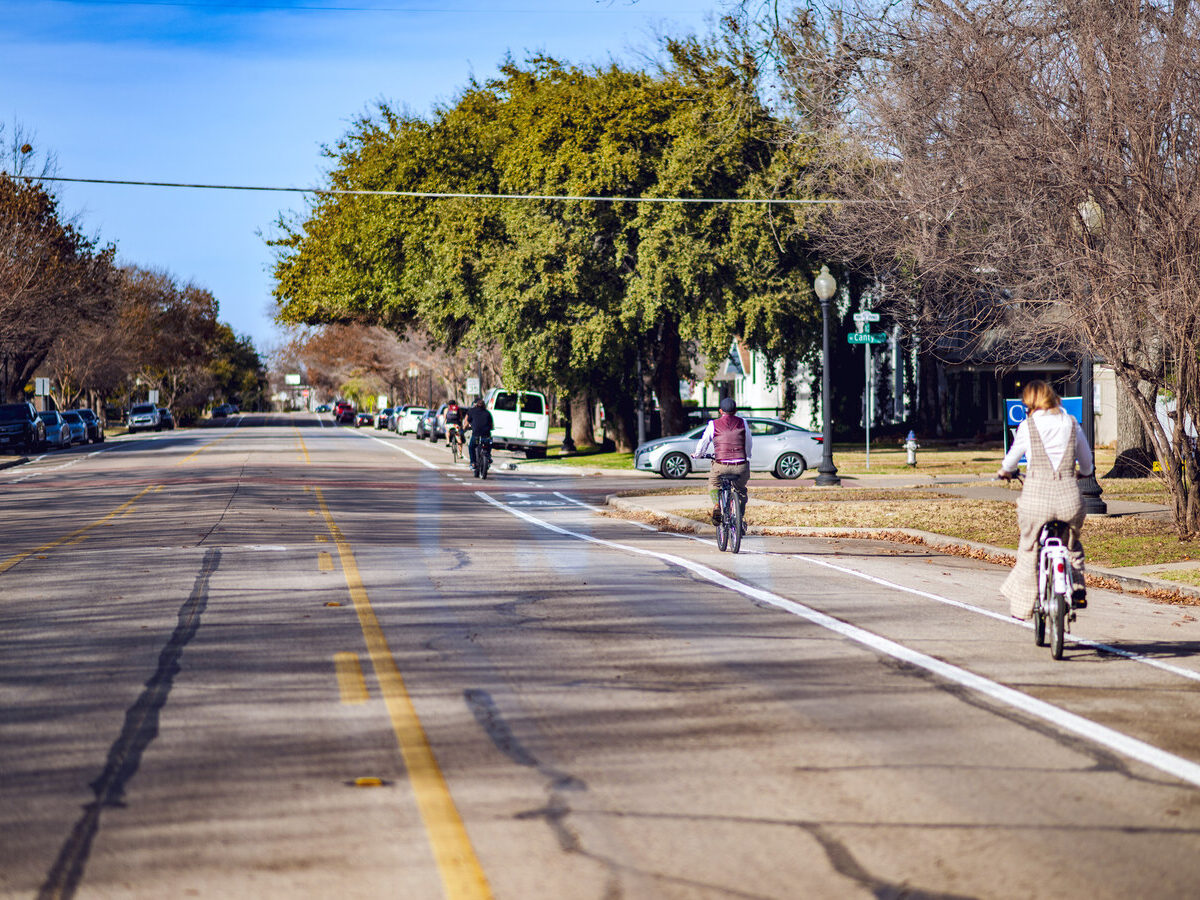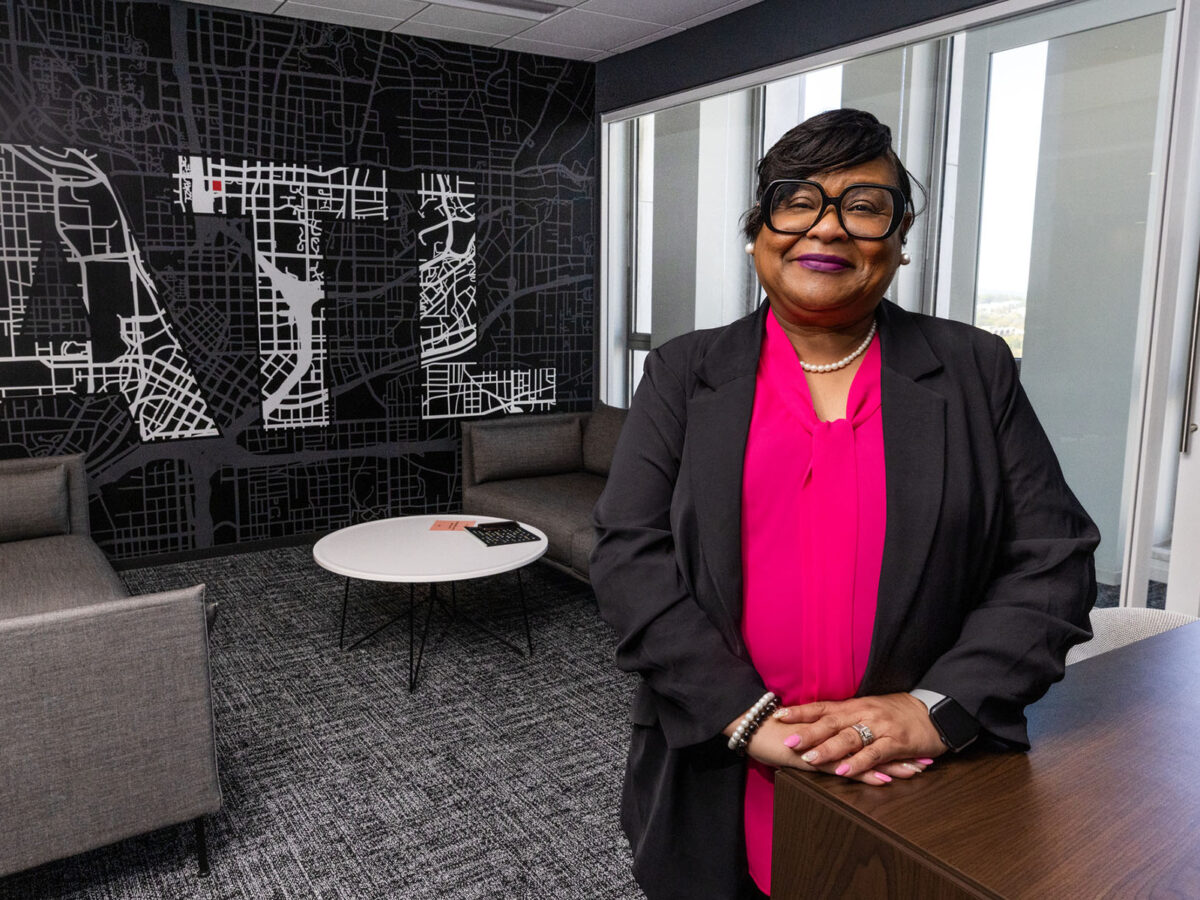Each October, we celebrate National Planning Month, recognizing the essential role planners play in creating communities that are safe, connected and equitable. At Gresham Smith, our planners partner with clients and communities to shape environments that improve daily life for everyone.
To mark the occasion, Planning Services Leader Eric Lusher, AICP, spoke with six of our planners—Ian Preston, Andrew Williams, Kevin Thomas, Miles Carter, Camryn Jones, and Tina Dickenson—to learn what inspires them, what drives their work, and how they see the future of planning evolving. Below are excerpts from his conversations.
What inspired you to pursue a career in planning?
For Ian Preston, planning began with a love of mobility and advocacy. “During an internship in community development, I was drawn to our bike and pedestrian work,” he recalled. “My boss encouraged me to explore planning—and she was right. She even told me about the master’s program at the University of Memphis, how to apply and how to get it paid for!”
Andrew Williams found inspiration through lived experience. “After struggling with unreliable transportation, I realized how much the built environment can affect opportunity. Seeing people lose out on life-changing opportunities because of how our cities are built inspired me.”
Miles Carter connected his experience as a transit user with a background in design. “My experience as a long-time transit user, combined with my background in landscape design, sparked my interest in urban design and streetscaping projects.”
Camryn Jones said the variety drew her in. “Every project is different, which means I’m always learning and building new skillsets.”
Kevin Thomas came to planning by way of architecture. “I’ve always been fascinated by how infrastructure, design, and policy intersect. Planning gives me a way to bring those threads together to build places that genuinely improve people’s daily lives.”
Why is planning such an essential part of community growth?
“Planning is the bridge between communities and the built environment,” explained Kevin. “It’s a way to translate collective aspirations into actionable outcomes.”
Andrew described planners as storytellers and listeners. “Planning is essential because it is grounded in and focused largely on building relationships in and with the community. We are on the ground, almost like journalists, documenting and seeking to do the storytelling on behalf of the community.”
Camryn offered a simple analogy: “Planning is all about putting people, places, and things where they should be. It’s hard to reach new destinations without a map, and good planning creates that map.”
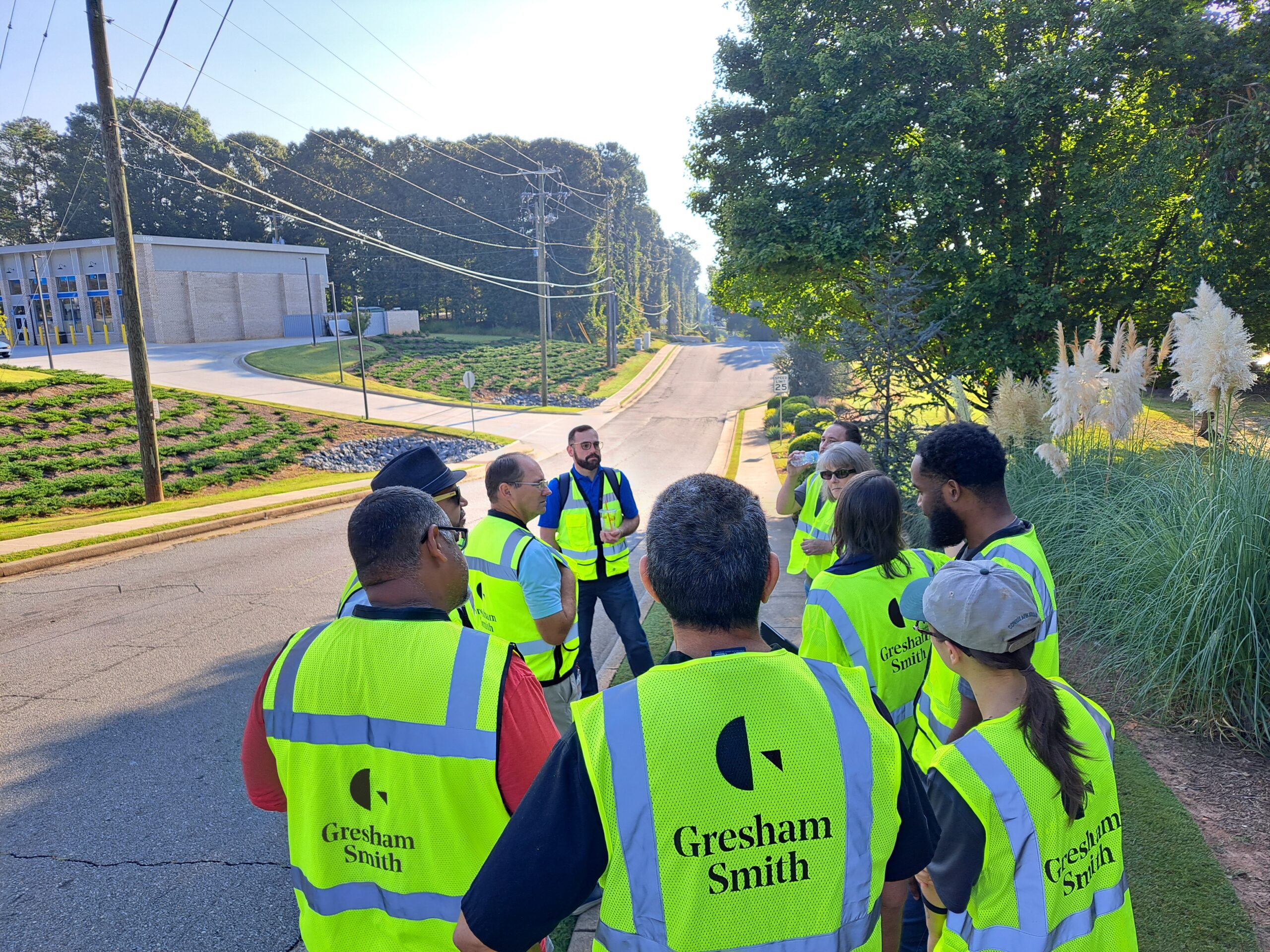
What motivates you most about shaping what’s next?
“I love seeing people’s ideas come to life,” said Andrew. “Helping communities understand that their voices truly shape outcomes keeps me inspired.”
For Miles, the impact of public service is what matters most. “Our projects are always aimed at providing needed services to communities. Providing our knowledge and skills to help communities improve their livability will always be motivating and satisfying.”
Ian added, “The positive experiences I have on trips visiting other cities makes me want to bring them back to my own.”
Camryn echoed that sense of purpose. “Every community is unique. I love helping clients create a roadmap for what’s next and building a vision for the future they want.”
What impact do you hope your work has on others?
Ian: “I hope I can contribute in some meaningful way in the realm of safety — whether that’s a single intersection improvement or a larger, long-term countermeasure.”
Tina Dickenson shared a similar hope: “I hope our planning efforts ultimately improve the quality of life for everyone—from better transit connections to easier wayfinding.”
Camryn: “My goal is to leave our clients’ communities better than we found them. If I have helped even one person enjoy a better quality of life, it’s all been worth it.”
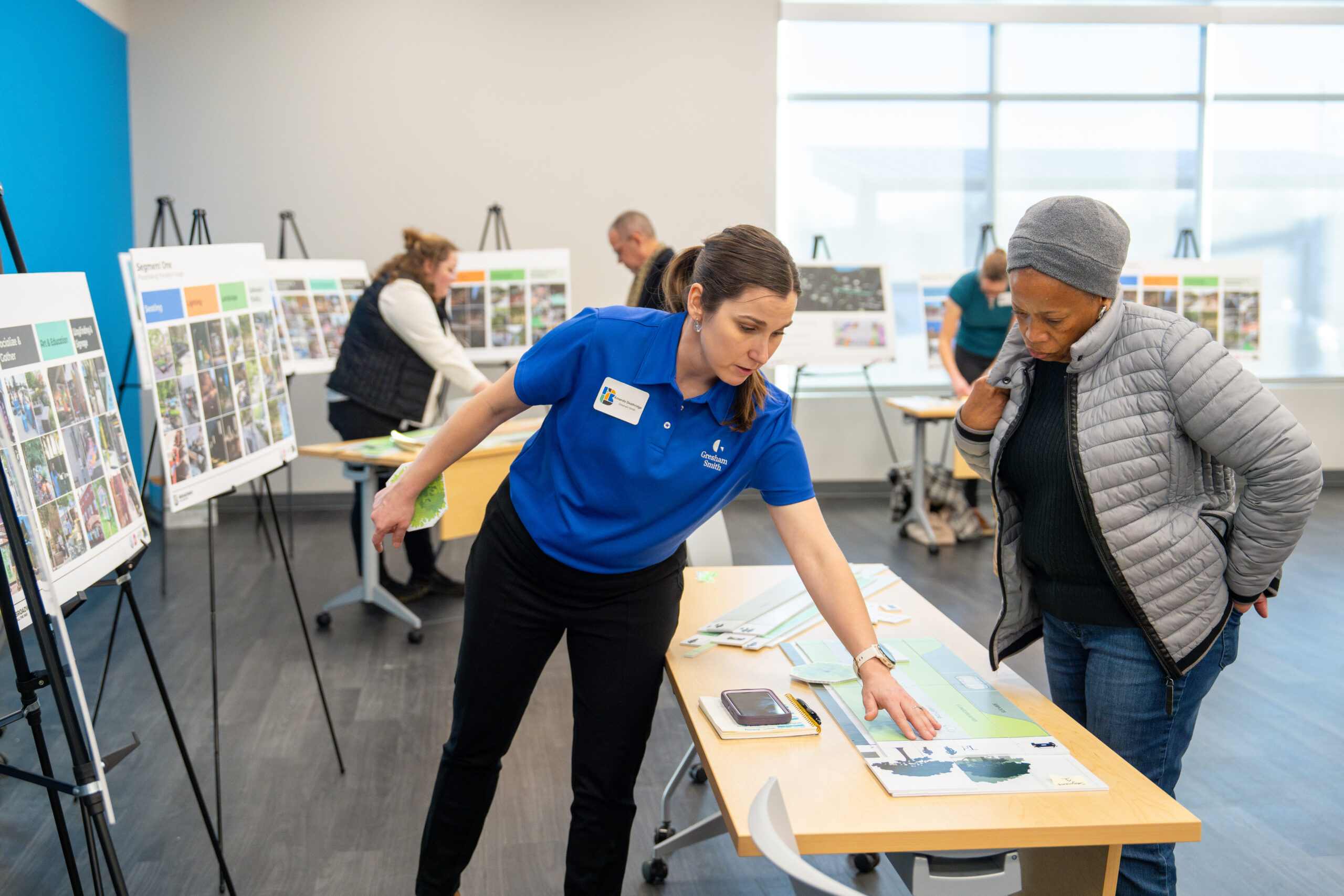
How has technology or data changed how you approach planning?
“Technology has allowed me to be more consistent and thorough with my research,” said Andrew. “AI tools, digital mapping, and graphic design programs help us research faster and communicate ideas in ways people connect with.”
Ian noted that innovation has reshaped safety planning: “Most recently, I have enjoyed learning about technology applications in safety like LiDAR.”
Miles added, “Finding new ways to visualize and represent complex data has allowed me to communicate complicated information in easily accessible, aesthetically pleasing graphics.”

What’s one common misconception about planning?
Camryn: “People often think of planning as a box to check before engineering begins, but it’s so much more. It touches nearly every part of daily life—from your local park to your morning commute.”
Ian: “Many assume planning is anti-development. Good planning actually facilitates development, can provide predictability and ensure projects contribute positively to the community.”
Kevin: “People think planners just move lines on maps—which we do, but only after 10 stakeholder meetings, three public surveys, and a mountain of data. Those lines represent real people and real possibilities.”

Looking Ahead
From safety and sustainability to community storytelling and design innovation, these six planners embody Gresham Smith’s mission to shape what’s next. They remind us that thoughtful planning isn’t just about building places—it’s about building connection, belonging and opportunity.
As we celebrate National Planning Month, we’re proud to recognize the vital work our planners do every day to turn ideas into impact and lay the foundation for communities that thrive.
